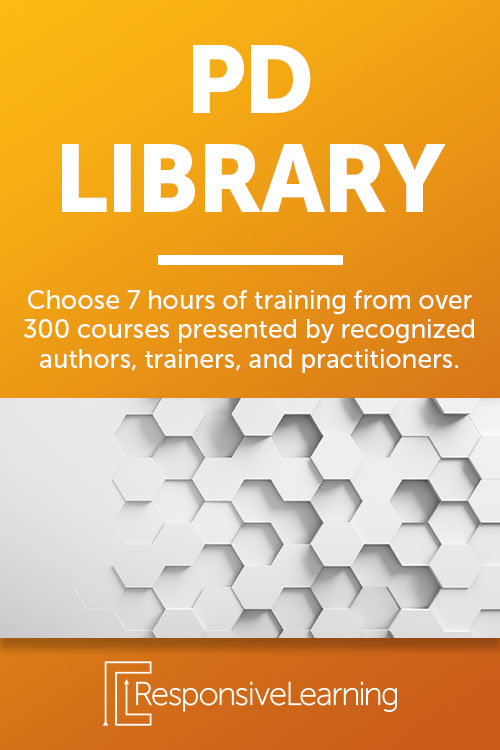Imagine going back in time and handing this to-do list to a teacher in 1995:
- Update the class website with new links
- Email parents about upcoming parent-teacher conferences
- Prepare Youtube video for lesson enrichment
- Send pictures for the school’s social media pages
That teacher would have no idea what you were talking about! Technology has really changed the way that we teach, as well as the way our students learn. Technology has the potential to open up doors for our students in ways we never thought possible, but it also has the potential to do great harm.
The challenges of technology
According to Pew Research, 59% of teens report having been bullied online, and seven-in-ten parents think smartphones can do more harm than good for their children. We live in a world where plagiarism, online predators, and cyberbullying thrive, and it’s one of the unique responsibilities of educators to help prepare our students for the future in a technologically advanced world.
Since the digital landscape is so new and changes incredibly fast, many people simply haven’t taken the time to think about what it means to engage online in a safe, respectful, and responsible way.
This lack of planning can lead to disastrous consequences for ourselves and others. But, with some thoughtfulness and intentionality, we can help guide our students along the path of good digital citizenship.
Good citizenship in the digital age
In social studies, we teach our students how to be good world citizens, and that applies to the digital world as well. What does it look like to be a good digital citizen? The National Conference of State Legislatures defines digital citizenship as the norms of appropriate, responsible behavior when using technology. This takes into account everything from online etiquette to cyber safety.
A good digital citizen is smart, safe, and respectful of themselves and others. Instead of causing problems, digital citizens use technology as a tool to solve problems and create a better world. Digital citizens know exactly what to do when they encounter a predator or bully.
Digital Citizenship for Educators
In the 30-minute course, Digital Citizenship for Educators, you’ll discover the tools you need to teach your students why it’s important to be good digital citizens. You’ll also learn practical ways to teach digital citizenship that you can start using in your classroom immediately.
It’s also important as educators to make sure we are following copyright laws and taking cybersecurity measures so that our students’ information stays secure. The course helps teachers think through the legal aspects of keeping students safe online.
This course covers topics like:
- The R.E.A.D.Y. strategy for schools
- The five questions to ask yourself before posting online
- The nine elements of becoming a positive digital citizen
- Guiding principles for teaching digital citizenship to your students
- How to comply with copyright and fair use laws as an educator
You can take these strategies and turn them into tangible resources for your students to refer to. For example, after teaching about the questions to ask yourself before posting online, print them on a bookmark and give one to each student. This is just one way that your students can take this knowledge with them long after you finish your lesson.
After taking this informative course, you’ll be ready to help encourage and guide a new generation of responsible digital citizens to make a difference.
If you’re ready to learn more about teaching your students digital citizenship, check out our free course demo here!

